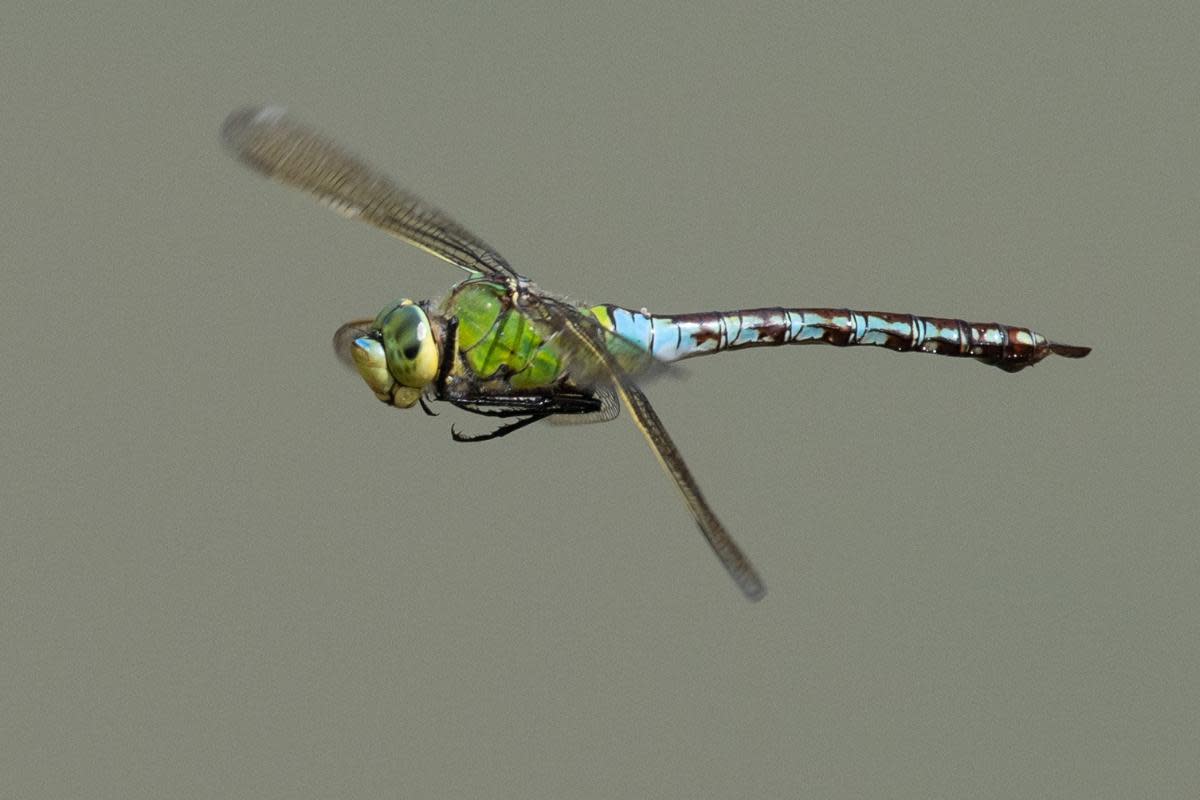How to spot dragonflies and damselflies (and how to tell them apart)!

Dragonflies and damselflies are some of the most beautiful and conspicuous insects seen in Britain during the summer.
Sitting by a river bank, or the edge of a pond, you can watch in awe at their spectacular flying ability, combining the gracefulness of a butterfly with the aerial prowess of a bird of prey as they ruthlessly catch a small flying insect in mid-air.
They are one of our most ancient insects, thought to have been on this planet for around 300 million years.
Fossil dragonflies have been found with wingspans up to two feet wide, a lot different from the two to five inches wingspan of the modern dragonflies.
We'd love to see your photos of dragonflies and damselflies! Send them to editor@iwcp.co.uk and we may publish some
It is relatively easy to separate dragonflies and damselflies.
Dragonflies are large, strong flying insects who rest with their wings open poised for take-off in pursuit of their next meal.
Our largest resident species, the Emperor dragonfly, can be seen from late May throughout the summer patrolling over ponds.
The male holds territory ready for aerial combat should a rival male appear while smaller dragonflies keep a careful watch to avoid falling prey to them.
In contrast, damselflies are smaller with a narrow stick-like abdomen. They have a weak, fluttering flight and stay close to the water margins or water surface.
When at rest, damselflies generally hold their wings along the length of their abdomen.
The life cycle is equally fascinating as both dragonflies and damselflies spend most of their life below water.
The larvae hatch from the eggs and remain, for most species, for the next one to two years at the bottom of the pond (the river and stream-dwelling golden-winged dragonfly can take up to five years).
Unlike other winged insects, dragonflies do not have a pupal stage. Instead the larva climbs out of the pond using a secure piece of vegetation and the adult eventually emerges from the larval skin.
There was a record 27 species of dragonfly and damselfly reported in 2023 on the Isle of Wight.
The highlight was the first record of Norfolk hawker, found by James Gloyn at Newchurch, as the species extends its range westwards.
It will be interesting to see if this species becomes a resident here.
Other highlights were the fifth and sixth confirmed records of the migrant species vagrant emperor, the first sightings of scarce blue-tailed damselfly since 2005 and the ninth record of lesser emperor, the first reported since 2014.
As county dragonfly recorder, I would love to receive your sightings, preferably with a photo.
For those who use social media, there is a Facebook group @IOW Dragonflies and Damselflies.
Alternatively, email your sightings to wightdragonflies@gmail.com

 Yahoo News
Yahoo News 
